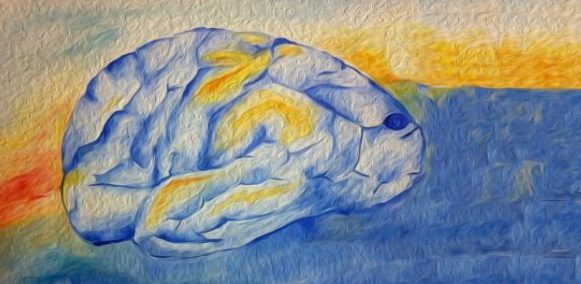Theoretical neuroscience
Theory of spike initiation, sensory systems, autonomous behavior, epistemology
Editor Romain Brette
Non-overlapping Neural Networks in Hydra vulgaris (2017)
Christophe Dupre, Rafael Yuste
1 comment on PubPeer PubMed: 28366745 DOI: 10.1016/j.cub.2017.02.049
This paper introduces the cnidarian Hydra as a model system for neuroscience, showing that the activity of the entire nervous system (a decentralized nervous system called “nerve net”) can be measured with calcium imaging at single neuron resolution, as the animal is small and transparent. In principle, the ability of recording (and potentially optically stimulating) the entire nervous system is interesting in that it might help go beyond the reductionist approaches that are popular in neuroscience (tuning curves, etc) but are not appropriate to understand biological organisms, which have a systemic organization. This point was in fact made a long time ago in a more general setting, for example by prononents of cybernetics (see e.g. General System Theory by Von Bertalanffy, 1968).
Thus, there is potential in the possibility of measuring the activity of an entire nervous system. This study makes a technical demonstration of feasibility. There are however a number of issues that need to be solved: the temporal resolution (100 ms, which probably does not allow resolving the temporal coordination of spikes); the fact that only correlations between activity and behavior are measured, while understanding interactions requires manipulating neurons (possible with optogenetics) and/or the environment; behavior is not natural because the animal is constrained between two coverslips (perhaps we might imagine an online tracking method?); perhaps more importantly, the effect of an action potential on the animal’s movement is unknown, and probably involves some rather complicated biomechanical and hydrodynamic aspects. Finally, it is often implicitly assumed that behavior is entirely determined by nervous activity. But what might come up is that the nervous system (as well as non-electrical components; metabolism), interacts with a complex biomechanical system (the theme of embodiment, see e.g. Pfeifer & Bongard, 2006).
